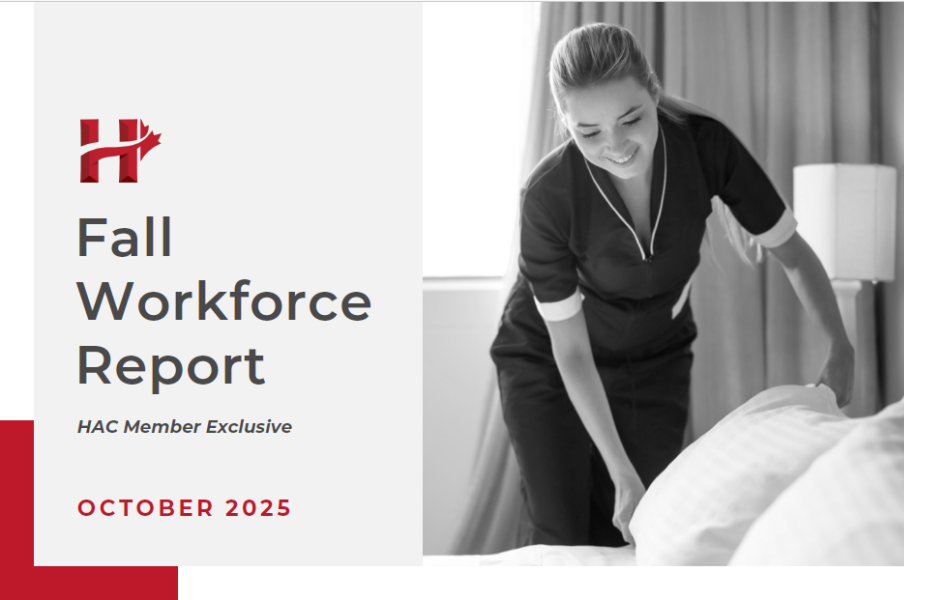Cost Outlook 2025: Slow, but Steady March Toward Recovery
To assist with forecasting for 2025, Avendra International releases its annual cost outlook, The Avendra Edge, highlighting key macroeconomic trends and supply chain solutions to assist our clients in their business decision-making.
Our vision is to empower organizations around the world to thrive, so you can focus on what matters: growing and managing your business.
Macroeconomic Trends
A slight cooling of the labour market coupled with some recovery in the commodity markets has us cautiously optimistic about the future. As demand increases align with supply capacities, we anticipate a slight growth in the GDP. The unemployment rate may fall slightly in 2025. Higher employment rates typically increase consumers’ spending, which can exert upward pressure on inflation.
Brazil and Mexico are leading the way to more stability in Latin American economies. Political instability and currency fluctuations may impact Argentina and continue to drive inflation upward there.
Energy and Transportation
World oil demand slowed in recent months, while global supplies edged up in June, largely buoyed by biofuels. Gulf states’ renewable energy investments will likely stabilize long-term prospects in the region.
WTI crude oil prices have risen approximately 9%, year-to-date, influenced by peak interest rates and escalating tensions in Israel, among other factors.
Security concerns at the Suez Canal are resulting in longer trips and rising shipping rates. Ongoing port closures, congestion, labour shortages, and capacity issues are also impacting global freight rates.
The National Oceanic and Atmospheric Administration (NOAA) favours a La Niña in Fall 2024, which could mitigate further delays on the Panama Canal due to drought, easing restrictions and delays on shipping through the canal.
Commodities
Higher beef prices are predicted to persist due to ongoing concerns about herd size. Highly Pathogenic Avian Influenza (HPAI) is a significant unknown in the dairy and poultry markets but is not expected to impact beef prices in 2025.
Expect growth in the egg market of at least 3%. Nearly half of the market in 2025 will be cage-free eggs. By the end of 2026, around 22% of the U.S. population will live in states where all eggs sold must come from cage-free hens.
Positive corn export forecasts, increased corn exports and acreage in Ukraine, and stable ethanol demands, have resulted in slightly lower input costs for several food categories.
Overview by Category
For budgeting and planning purposes, the following is a high-level summary of expected inflation in key purchasing categories and suggestions to help mitigate price increases. While these estimates are intended to provide budgeting guidance on broad categories, some specific items will experience higher or lower price changes than indicated.
Food and Beverage
We see slowing inflation but many of those gains are offset by stubbornly high categories like beef and orange juice. Decreases in chicken prices, stable pork prices, and more abundant seafood will allow you to offer lower-cost menu options. Bakery items remain slightly elevated due to industry capacity, acreage/harvesting concerns, and ongoing labour constraints.
Disposables, Smallwares and Equipment
Demand remains robust for F&B to-go packaging categories with a focus on using more sustainable materials. Expect continued inflation due to shipping disruptions.
Inflation will continue for Smallwares and Equipment due to sustained labour costs, steady demand, higher steel, plastics, and electronic component pricing, and high transportation costs.
Rooms (amenities):
While palm oil costs have been stable, labor, transportation, and some fragrance oils are increasing in cost.
“Did you know, production volume is now in bulk for large format bottles – this means an increase in price to small format in 2025. Save money and reduce waste by transitioning to large format,” according to Christine Petersen, Senior Director, Field Support and Customer Relations.
Textiles (linens and towels):
At factories, we are seeing an increase in interest rates on container and shipping fees, as well as on synthetic fibers, which is causing a price increase on finished goods.
“Explore new textile fabrics that have cotton facing and core alternative in the weave, strengthening the product and extending the washing cycle life,” Jack Watson, Manager, Field Support and Customer Relations, said.
Maintenance, Repairs, and Operations:
Look for varying increases for most MRO categories, with larger increases in HVAC equipment using A2L refrigerants.
“Sensor technology can signal the real need for replacing air filters, saving costs, easing supply chains, and promoting health,” according to Jessica Heldman, Manager, Field Support and Customer Relations.
The labor market, global unrest, inflation, and the U.S. presidential election are all significant factors in projecting costs for the year ahead. Working closely with your support team at Avendra International will help you mitigate the impact on your property’s bottom line.
 Career Opportunity: Senior Administrative Assistant
Career Opportunity: Senior Administrative Assistant
The Hotel Association of Canada (HAC) is seeking a proactive and highly organized Senior Administrative Assistant to support our growing team. Based in Ottawa with a flexible hybrid work model, this role is essential to ensuring smooth office operations, supporting HR and financial administration, and strengthening coordination across the organization. If you excel at managing multiple priorities,...
Read MoreOn November 18, 2025, Senator Karen Sorensen introduced Senate Inquiry No. 8: The nation-building value of tourism in Canada — drawing national attention to t...
Read More
The 2025 Fall Workforce Report is now available—exclusively for HAC members. Drawing on insights from 119 hotel operators across Canada, this edition highl...
Read More
Join us in Halifax/Dartmouth! The Hotel Association of Canada is excited to launch its new Regional Events Series, HAC on the Road: Insights, this fall in Ha...
Read More